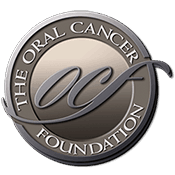Taiwan researchers discover blood marker for metastatic cancer
Source: www.monstersandcritics.com Author: staff A Taiwan hospital announced Wednesday it has discovered a blood marker for detecting cancer metastatic cancer. 'Foreign doctors have discovered blood marker for cancer before, but this is the first time a blood marker has been found for metastatic cancer, or cancers that can spread to other parts of the body,' Dr Chiang Ming-chung, a member of the research team, told German Press Agency dpa by phone. 'Currently, hospitals use magnetic resonance imaging (MRI), ultrasound scan, X-ray and other equipment to check for cancer. Such equipment is expensive. In some backward countries, hospitals cannot afford (such equipment), so this new testing method using the blood marker will be very helpful,' he said. Researchers at the Tung's hospital discovered the blood marker - described only as 'a serological cancer metastatic marker' - while doing research on a cancer-related gene. They found there was more secretion of the serological cancer metastatic marker in the sera of patients with metastatic cancer than in the sera of patients with primary cancer. So they did further study by collecting serum samples from 164 patients with various types of cancer, ultimately concluding that the blood marker is a secretory protein linked to metastatic cancer. Chiang said the blood marker they found can help screen a dozen types of cancer - including breast cancer, lung cancer, oral cancer and colon cancer - to see if they have spread to other parts of the body. The Tung's hospital, in Taichung County, west Taiwan, has [...]
